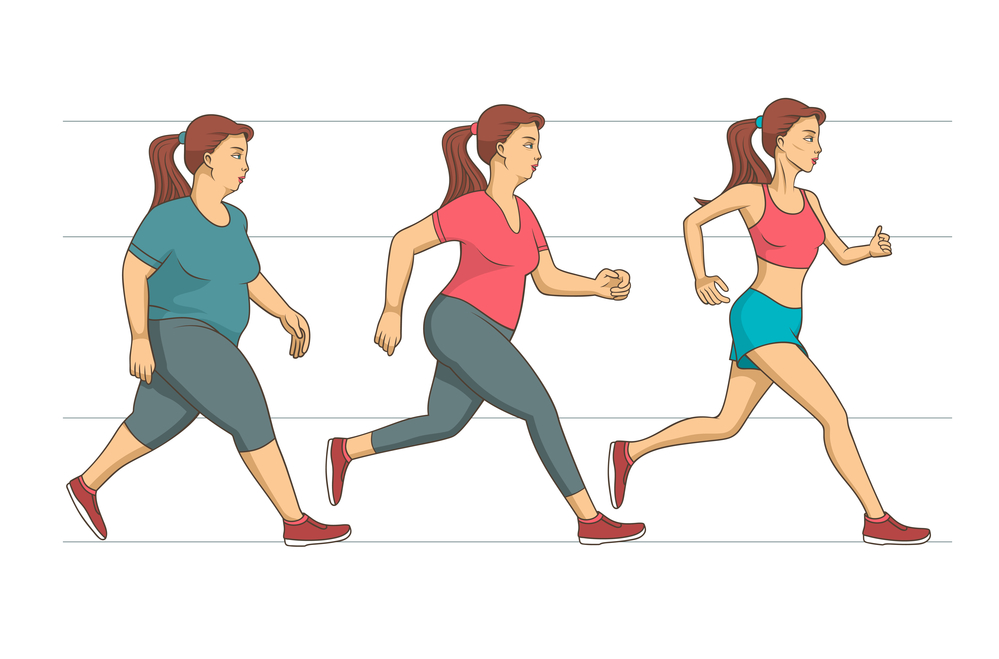Losing weight is a goal for many people, but one of the most common questions is: “How many calories should I eat to lose weight?” Understanding calorie intake, energy expenditure, and how to create a sustainable deficit is essential for long-term success. This article will explain how calories work, how to determine the right amount for weight loss, and strategies to maintain a healthy eating plan.
Understanding Calories and Weight Loss
Calories are units of energy found in food and beverages. The body requires calories for essential functions such as breathing, digestion, and physical activity. Weight loss occurs when you consume fewer calories than your body burns, creating a caloric deficit.
A pound of fat is roughly equivalent to 3,500 calories. To lose one pound per week, you need to create a deficit of about 500 calories per day. However, weight loss is influenced by factors like age, gender, activity level, metabolism, and overall health.
Determining Your Caloric Needs
To determine how many calories you should eat to lose weight, you first need to calculate your Total Daily Energy Expenditure (TDEE). This number represents the total calories your body needs per day to maintain its current weight, considering physical activity levels.
Step 1: Calculate Basal Metabolic Rate (BMR)
Your Basal Metabolic Rate (BMR) is the number of calories your body needs to perform basic functions like breathing and maintaining body temperature. It depends on factors such as age, weight, height, and gender. The most commonly used formulas for BMR are:
- For Men: BMR = (10 × weight in kg) + (6.25 × height in cm) – (5 × age) + 5
- For Women: BMR = (10 × weight in kg) + (6.25 × height in cm) – (5 × age) – 161
Step 2: Determine Total Daily Energy Expenditure (TDEE)
Once you have your BMR, multiply it by your activity level to get your TDEE:
- Sedentary (little or no exercise): BMR × 1.2
- Light activity (1–3 days of exercise per week): BMR × 1.375
- Moderate activity (3–5 days of exercise per week): BMR × 1.55
- Very active (6–7 days of exercise per week): BMR × 1.725
- Super active (intense daily exercise/physical job): BMR × 1.9
Your TDEE represents the number of calories needed to maintain your current weight.
Step 3: Create a Caloric Deficit
To lose weight, you need to eat fewer calories than your TDEE. Here’s how different deficits impact weight loss:
- Mild Deficit (250-500 calories/day): Lose about 0.5 to 1 pound per week.
- Moderate Deficit (500-750 calories/day): Lose about 1 to 1.5 pounds per week.
- Aggressive Deficit (750-1000 calories/day): Lose about 1.5 to 2 pounds per week (not recommended for long-term sustainability).
It’s important to choose a realistic deficit that you can maintain without feeling overly restricted.
Try HealthSurgeon’s Calories To Lose Weight Calculator!
Factors That Influence Caloric Needs
Several factors can affect how many calories you should consume for weight loss:
- Age
Metabolism slows down with age, meaning older individuals generally require fewer calories than younger people.
- Gender
Men usually have higher muscle mass and a faster metabolism compared to women, meaning they typically require more calories.
- Activity Level
Individuals with active lifestyles burn more calories and can consume more while still losing weight.
- Muscle Mass
Muscle tissue burns more calories at rest than fat tissue, so those with higher muscle mass require more energy.
- Metabolism
Some people naturally have faster or slower metabolisms, which can influence calorie requirements.
How to Track Calories for Weight Loss
To ensure you are in a calorie deficit, tracking your intake is helpful. Here are some methods:
- Use a Calorie Tracking App
Apps can help log your daily calorie intake and track progress.
- Read Nutrition Labels
Pay attention to portion sizes and caloric values on food packaging.
- Plan Your Meals
Preparing meals in advance can help you control calorie intake and make healthier choices.
- Listen to Your Body
While tracking is beneficial, paying attention to hunger cues and portion control is essential for sustainable weight loss.
Healthy Calorie Deficit Strategies
Rather than drastically cutting calories, it’s best to adopt sustainable dietary habits:
- Prioritize Nutrient-Dense Foods
Choose whole foods like lean proteins, fruits, vegetables, whole grains, and healthy fats.
Protein helps preserve muscle mass and keeps you full longer, reducing overeating.
- Control Portion Sizes
Using smaller plates, measuring portions, and being mindful of servings can help manage calorie intake.
- Stay Hydrated
Sometimes thirst is mistaken for hunger, leading to unnecessary calorie consumption.
- Avoid Liquid Calories
Sugary drinks, alcohol, and high-calorie coffee beverages can add unnecessary calories without providing satiety.
A combination of strength training and cardio can boost metabolism and enhance weight loss efforts.
When to Adjust Your Calorie Intake
Weight loss is not always linear, and adjustments may be needed. If you hit a plateau, consider the following:
- Recalculate TDEE: As you lose weight, your calorie needs decrease.
- Increase Activity Level: Adding more movement can boost calorie burn.
- Ensure Proper Nutrition: Make sure you’re consuming enough nutrients to support metabolism and energy levels.
Conclusion
Determining how many calories you should eat to lose weight depends on your individual factors, including BMR, activity level, and goals. By creating a manageable calorie deficit, prioritizing nutrient-dense foods, and maintaining a consistent exercise routine, you can achieve sustainable weight loss. The key is to find a balance that works for you and supports long-term success.
Sources:
https://pubmed.ncbi.nlm.nih.gov/2305711/
https://www.ncbi.nlm.nih.gov/books/NBK499909/
https://www.mayoclinic.org/healthy-lifestyle/weight-loss/in-depth/weight-loss/art-20047752








